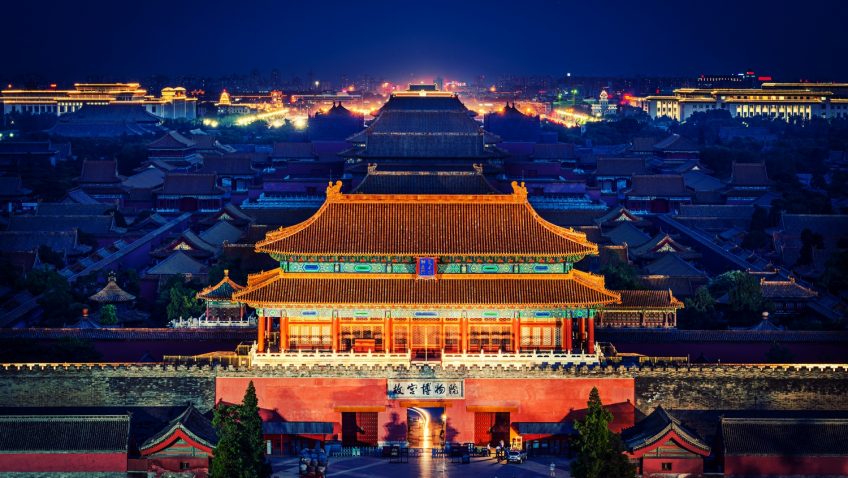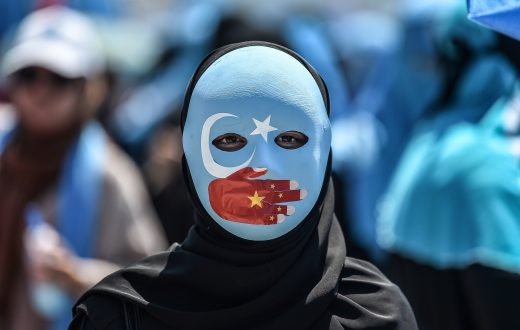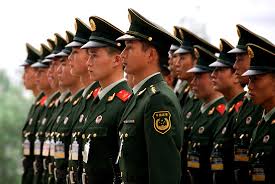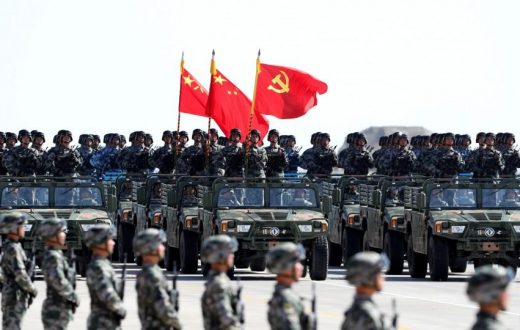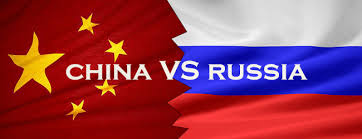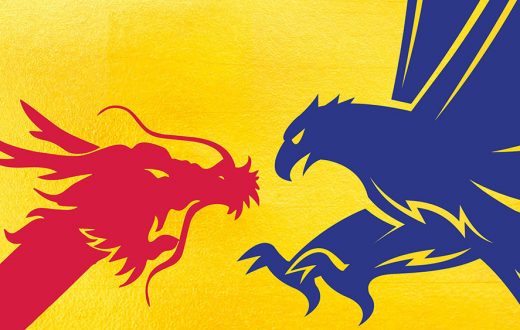In the past few weeks, China has been assertive in its actions. Sinking Vietnamese fishing boat by a Chinese vessel, border skirmishes with India, National-Security law for Hong Kong and plans to deploy two aircraft carriers in waters near Taiwan portray that China is being assertive while the world is busy combating COVID-19 pandemic.
Sinking Vietnamese fishing boat
In March, Chinese vessel sank a Vietnamese fishing boat in the South China Sea’s contested Paracel Islands. According to some media reports, a Chinese vessel rammed the Vietnamese fishing boat and capsized it which then sank. However, China claims that the Chinese vessel went to the fishing boat after the crew sought help when the boat started sinking. The incident took place at a time when the Vietnamese boat was fishing near the Discovery Reef. The Discovery Reef is part of the Paracel Islands which is claimed by China, Vietnam and Taiwan but is occupied or controlled de facto by China since 1974 after the Battle of the Paracel Islands which attempted by South Vietnamese Navy to expel Chinese Navy from the Island.
Border skirmishes with India
During the first week of May, a scuffle broke out between Chinese and Indian troops in the Himalayan region of Ladakh at the Pangong Tso Lake located 4270 meters above the sea level. The soldiers from both sides engaged in stone-pelting and fist fighting which resulted in 11 soldiers being injured from both nations. India and China share a border of approximately 3500 km. China claims the Indian state of Arunachal Pradesh as its territory while India makes similar claims for China’s Aksai Chin. In 1962 both went into a war over border dispute but border issues have never been resolved. However, not a single bullet has been fired since 1975 from both sides. The borders relative remained calm since the late 1980s after the ties were reset between the two when the talks were held between China’s Deng Xiaoping and Indian Prime Minister Rajiv Gandhi. Both countries signed an agreement to maintain peace at the border in 1993 which was followed by the signing of significant confidence-building measures on border issues in 1996 and 2006 respectively. The recent Wuhan Summit was thought to reset the relations and would avoid future issues between the two. Despite these confidence-building measures, the relations are likely to get to a new low after the recent scuffle which the experts fear could trigger a military conflict between China and India.
National Security Law for Hong Kong
Since its return to China from Britain, Hong Kong maintains a high degree of autonomy and falls under “one country, two systems”. China ceded Hong Kong to the British during the First Opium War in 1841. Hong Kong was turned over to China in 1997 in exchange for the commitment by China to preserve the capitalist system of Hong Kong. Last week, the ruling Communist Party of China has proposed a National Security Law for Hong Kong that could ban treason, secession and sedition which can result in much severe punishment for the protesters. This move by the National People’s Congress which it deems necessary to safeguard Hong Kong’s national security is considered to be an attempt to erode judicial independence and other freedoms from Hong Kong which mainland China does not enjoy. According to the US Secretary of State Mike Pompeo, the law is the latest in a series of China’s actions that fundamentally weaken the freedoms and autonomy of Hong Kong. He further said that Hong Kong was no longer autonomous from China and it no longer merits special treatment from the US. Such a move from the US could have grave repercussions for Hong Kong as well as from China. Things will be clearer in the near future in this context. However, the law deemed necessary by China to combat violent protests in Hong Kong will further fuel anti-China sentiments in Hong Kong.
Plans to deploy aircraft carriers in waters near Taiwan
As part of its war games later this year, China reportedly plans to deploy two aircraft carriers in waters near Taiwan in Dongsha Islands. In order to conduct combat readiness drills, the Liaoning and Shandong aircraft carriers are being deployed by China in Bohai Bay in the Yellow Sea to conduct drills that will later extend to the South China Sea. China’s state-run media is said to have cited experts as claiming that the People’s Liberation Army (PLA) is capable of turning any exercise into action if the secessionists from Taiwan insists on secession. Taiwanese Ministry of Defense Chief of Joint Operations assured the Taiwanese public that the contingency plans are in place by the military in case of an attack from China and the combat readiness on Taiwan’s outer islands including Dongsha Islands will be strengthened. China considers Taiwan as a breakaway province which will again be its part. Taiwan, however, wants to maintain its independence which China defies diplomatically leaving Taiwan with maintaining diplomatic relations only with 15 states in the world.
No one can really understand what China is up to. However, these aforementioned recent developments in the past few weeks indicate that China seeks to be assertive possibly aggressive in the region at a time when the risk of military the confrontation between China and the US is growing in the South China Sea and the world’s attention is focused on combating COVID-19.

